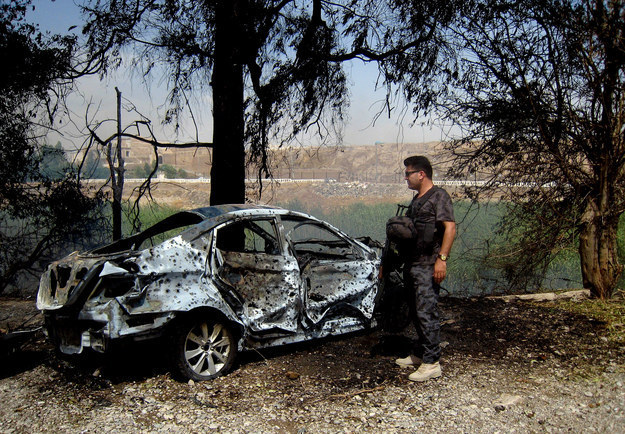1. The Islamic State in Iraq and Syria, known as ISIS, took over the Iraqi city of Mosul this week, raising fears from Baghdad to Washington that the group could achieve its deadly aim: to create its own ultra-violent state starting in Iraq and Syria.

2. ISIS formed as an al-Qaeda offshoot a decade ago following the controversial U.S.-led invasion of Iraq, and the bloody Sunni insurgency and destabilizing civil war that followed.
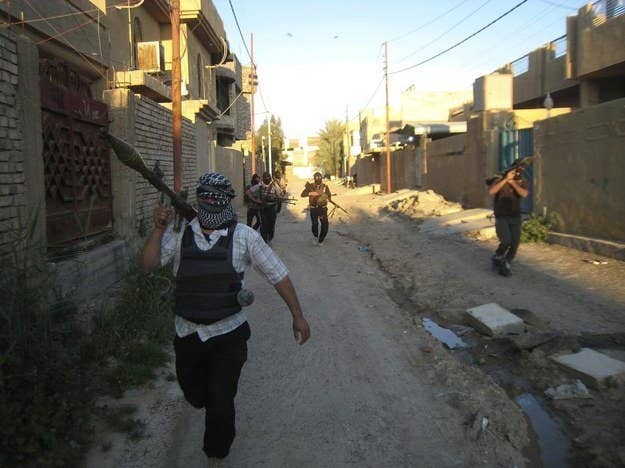
3. ISIS resurged after the Syrian conflict started to escalate in 2011. Under the guidance of Abu Bakr al-Baghdadi (once a top al-Qaeda leader in Iraq), the group changed names to the Islamic State in Iraq and Sham (Arabic for "greater Syria").
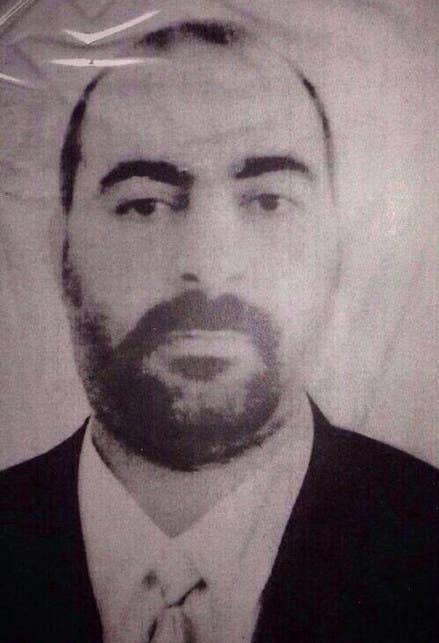
4. ISIS is fighting for an Islamist state in Iraq and Syria. The two countries were designated as distinct states by the 1916 Sykes-Picot agreement between Britain and France, which drew largely arbitrary national borders in the Middle East.
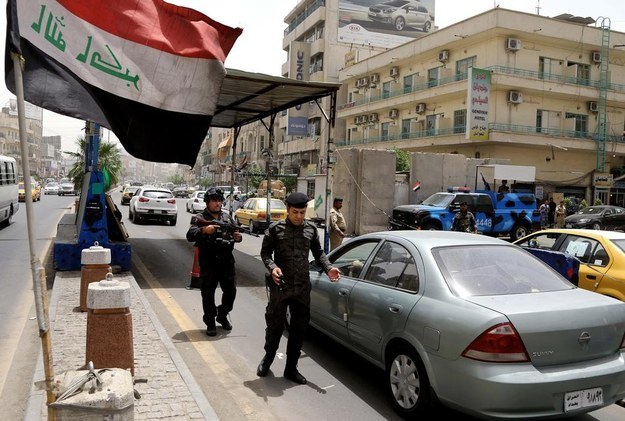
5. Today ISIS has an estimated 6,000 fighters in Iraq and 5,000 in Syria, according to The Economist. In Syria, an estimated 3,000 are foreign, including about 1,000 from Chechnya and hundreds from France, Britain, Belgium, and elsewhere in Europe.
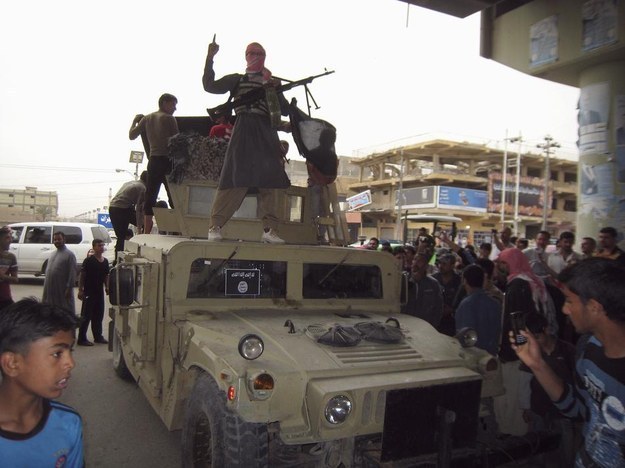
6. ISIS survives in part thanks to funding from global jihadi groups. As the Syrian conflict descended from a largely non-violent uprising in 2011 into an all-out bloody regional battle, ISIS has been able to swoop in and exploit the security void.
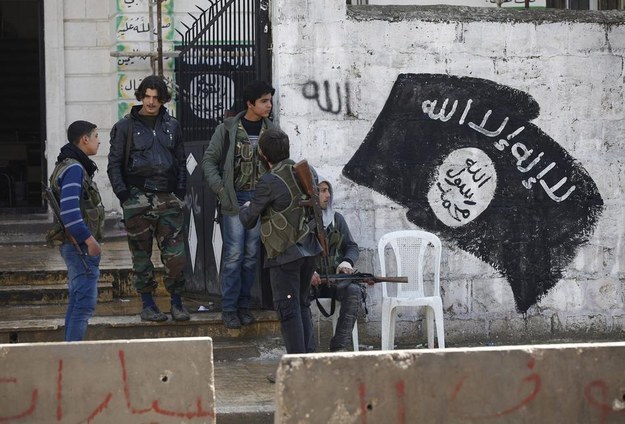
7. In Syria, ISIS quickly gained ground, attracting other rebels with its reputation as being among the most fearsome and most fundamentalist. ISIS conquered the eastern Syrian city of Raqaa in 2013 and claimed it as the capital of its expanding "state."
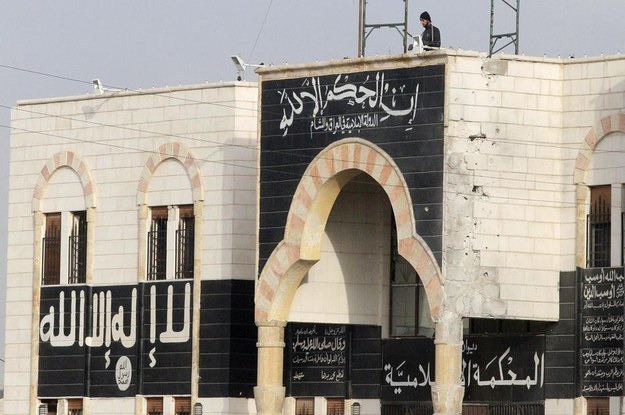
8. But ISIS's ultra-violent tactics against civilians and other rebels — from public beheadings to crucifixions for violations of its religious interpretations — have also alienated many Syrians and rebel allies, al-Qaeda included.
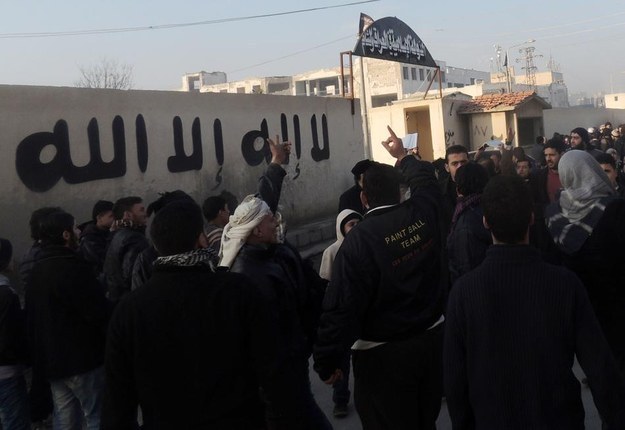
9. In February, al-Qaeda's official proxy in Syria, the al-Nusra Front, joined forces with other Syrian rebels to oust ISIS. The campaign was initially somewhat successful, but in the months since ISIS has kept expanding.
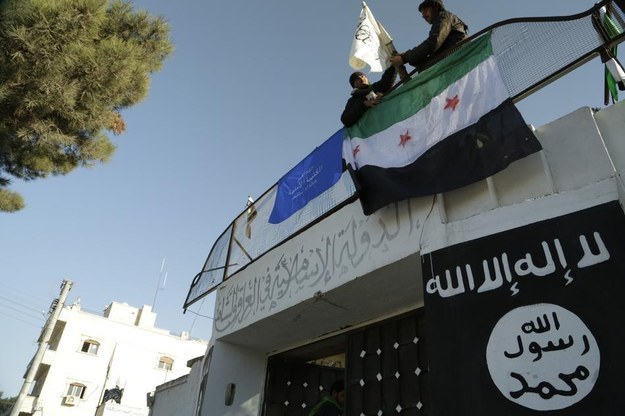
10. At the same time in Iraq, ISIS has preyed off long-simmering political instability to gain control of Anbar province in the west. Unlike in Syria, ISIS in Iraq draws significant local support from groups angry with the Iraqi government and police.

11. Many Iraqis, particularly Sunnis, accuse the Shia-dominated Iraqi government and security forces of widespread corruption and abuse. Many are disillusioned with Prime Minister Nuri al-Maliki's increasingly authoritarian and sectarian rule.
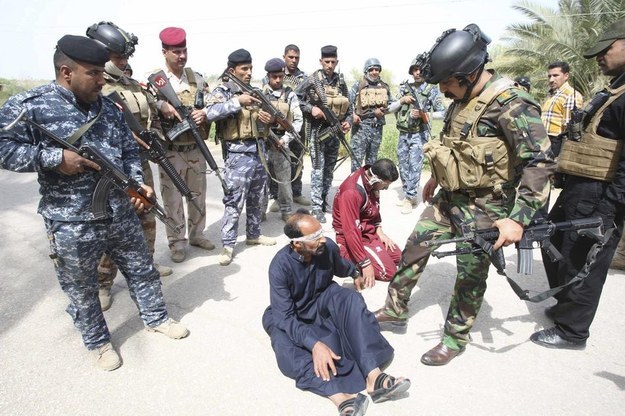
12. 2014 has already been a very deadly and dangerous year around Iraq, with headlines reminiscent of the bloody days after the U.S.-led invasion in 2003. Obama, fulfilling a campaign pledge, withdrew the last U.S. troops in 2011.
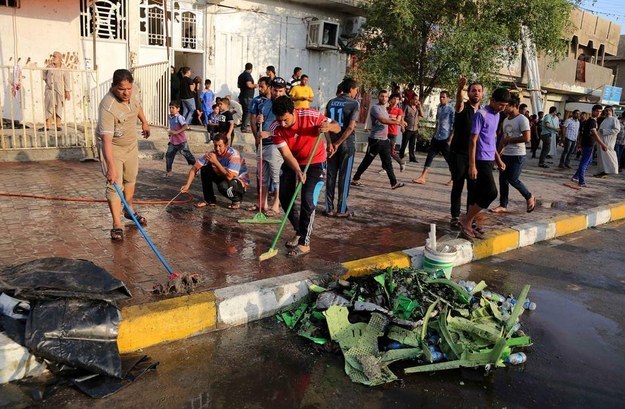
13. But in January, ISIS seized control of Fallujah and much of nearby Ramadi near Syria's border. Fallujah was the center of the Sunni insurgency against the U.S.; the city's capture was a significant tactical and symbolic defeat for the Iraqi government.
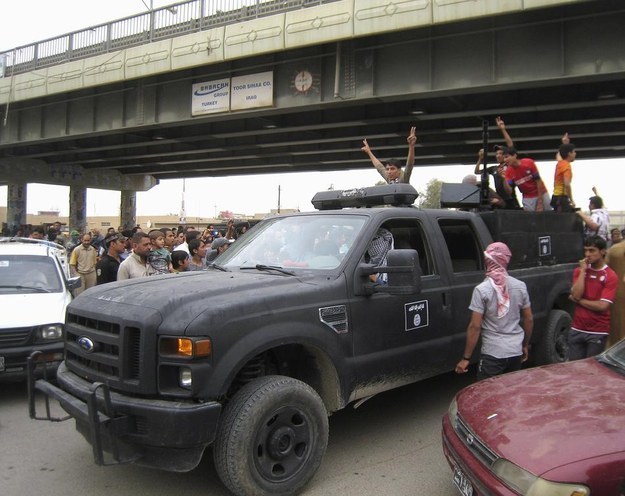
14. Over the next six months, ISIS continued to terrorize Iraqi troops and form alliances with tribes and local militias, many of whom had been aligned with Saddam Hussein's Baath party and the Sunni insurgency during the U.S. occupation.
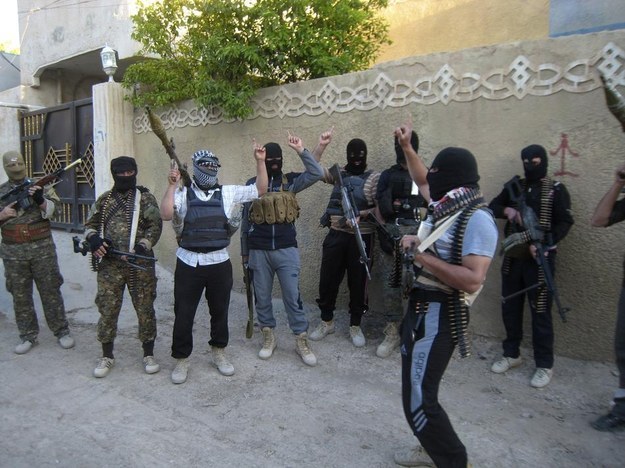
15. The violence forced around half a million Iraqis to flee Anbar province. Human rights groups have also accused Iraqi security forces of using undue force, including barrel bombs, on Iraqi civilians in Anbar.

16. After months of small battles, on June 10, ISIS seized control of Mosul, Iraq's second largest city. Iraq's poorly trained and resourced soldiers abandoned the city — and their U.S. tanks and weapons — to the invading militants.
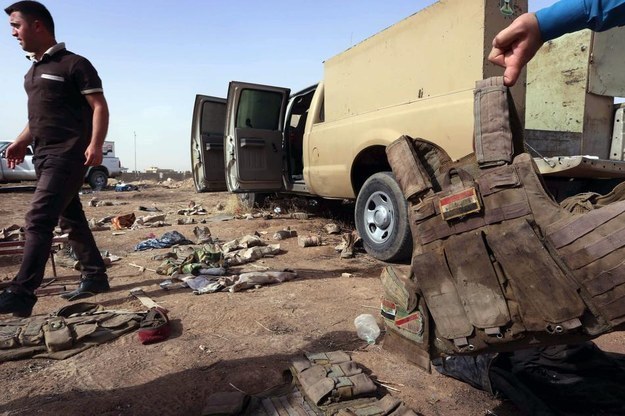
17. ISIS's seizure of Mosul ignited panic around Iraq; an estimated 500,000 Iraqis fled Mosul and its environs fearing that the fighting would escalate further. Many headed west to Iraq's autonomous Kurdish region, considered the region's safest place.
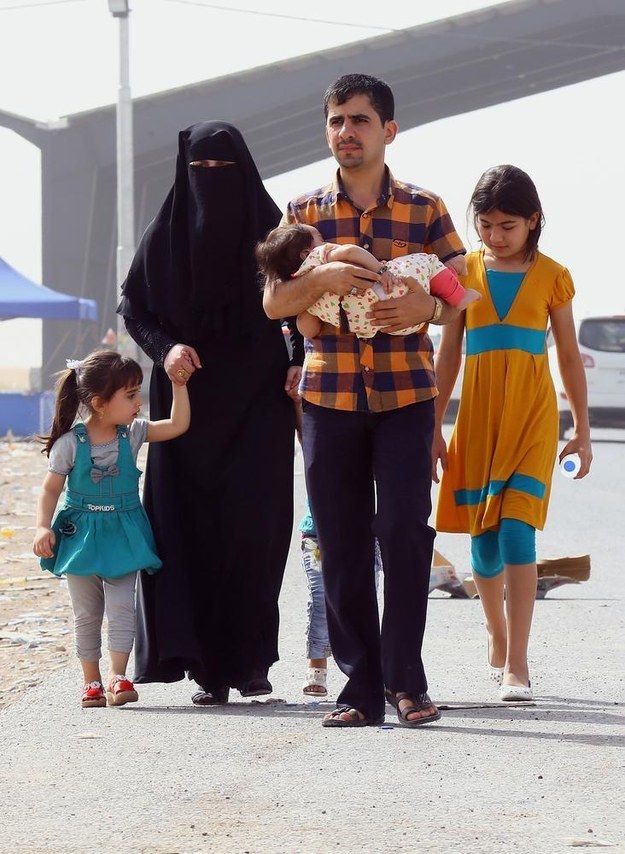
18. The Iraqi army's quick retreat from Mosul raised some red flags. About 300 Iraqi soldiers a day were already deserting the military because of poor pay and safety concerns, according to the New York Times.
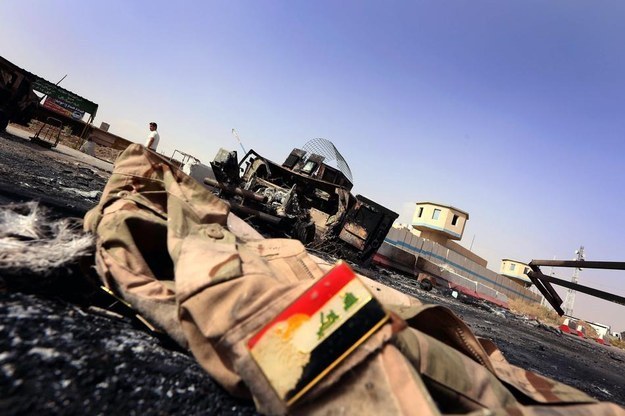
19. On Wednesday, ISIS fighters continued to advance and seized Tikrit and surrounding towns. Images of ISIS with U.S. tanks in Iraq and Syria sent shock waves worldwide. On Thursday, Kurdish fighters took control of Kirkuk to ward off ISIS's advance.
#Iraq: army Hummers bearing the ISIS banner:
20. Official Iraqi response has been tepid: On Thursday parliament met, but failed to reach the necessary quorum to declare a state of emergency. Meanwhile, Maliki has urged Iraqis to sign up for the army and encouraged public displays against insurgents.
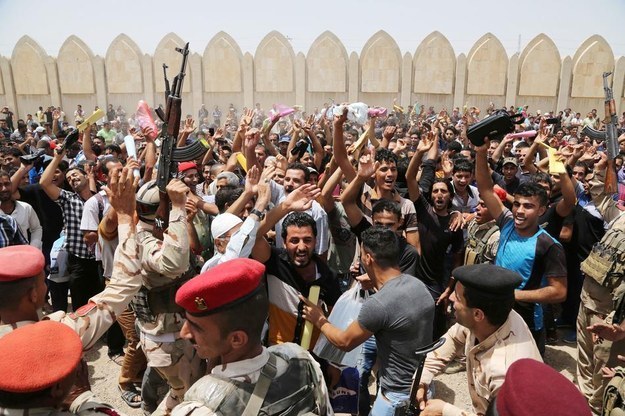
21. On Thursday, Iran deployed troops to Iraq to support Maliki and his calls for stopping the Sunni insurgents. ISIS's advances in Iraq have significant regional ramifications, in part because of western Iraq's significant oil sources.
Great #FT map showing #ISIS control not just of territory, but also of oil. Now has $429m in cash & liquid gold #Iraq
22. On Thursday, President Obama said the U.S. was considering how to help. “I don’t rule out anything," Obama said, but his spokesman later ruled out the return of U.S. troops to Iraq.
